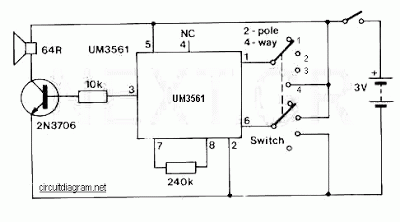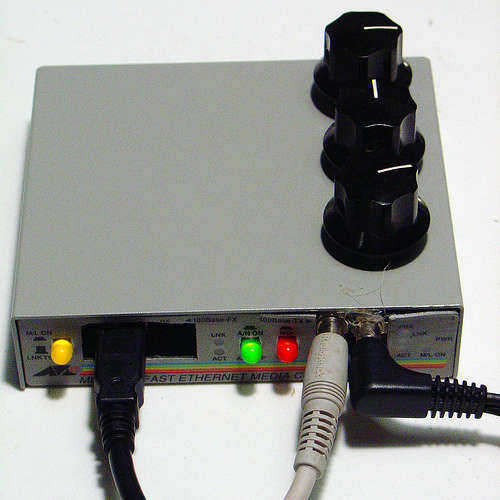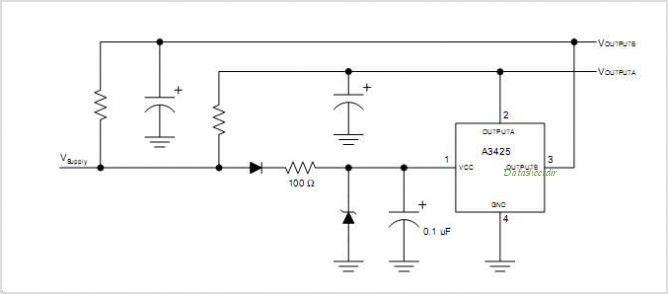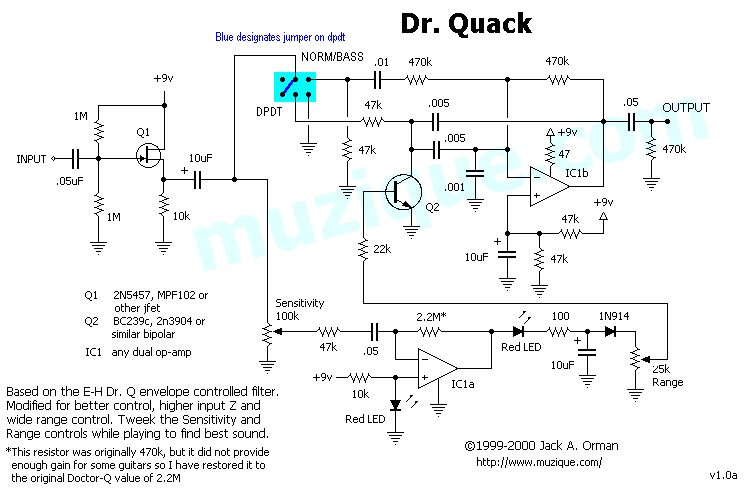
HALL EFFECT SWITCHES
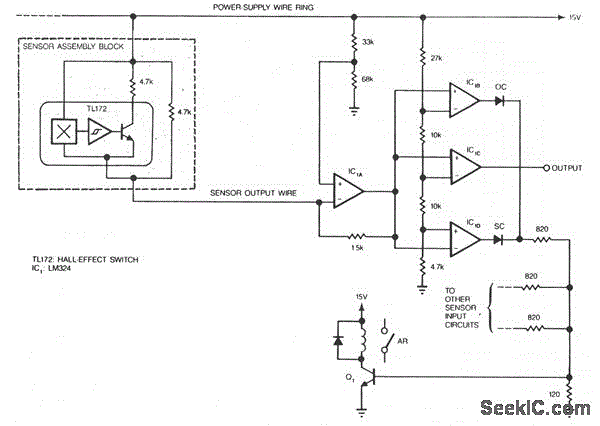
Hall-effect switches offer multiple benefits compared to mechanical and optically coupled switches. They are unaffected by ambient light and dirt, do not jam, and do not experience mechanical wear. The primary disadvantage is that each device typically requires three wires. However, the circuit illustrated reduces this requirement to N + 1 wires for N devices.
The Hall-effect switch operates on the principle of detecting magnetic fields and can be utilized in various applications such as position sensing, speed detection, and proximity sensing. The basic configuration of a Hall-effect switch consists of a Hall sensor, which generates a voltage proportional to the magnetic field strength, and an amplifier to enhance the signal.
In the circuit design, the Hall-effect sensor is connected to an operational amplifier that boosts the output signal for better readability and processing. The output of the amplifier can be connected to a microcontroller or a digital signal processor, which interprets the signal and performs the necessary actions based on predefined thresholds.
The innovative circuit design reduces the total number of wires required by employing a multiplexing technique or a shared communication bus, allowing multiple Hall-effect switches to communicate over a single set of wires. This not only simplifies the wiring but also minimizes the overall size and complexity of the system.
For instance, in a configuration with multiple Hall-effect switches, each switch can be addressed sequentially, with the microcontroller activating one switch at a time and reading its output before moving to the next. This approach maintains the integrity of the signals while significantly decreasing the wiring requirements, making it ideal for applications in robotics, automotive systems, and industrial automation where space and weight are critical factors.
Overall, the advantages of Hall-effect switches, combined with the innovative circuit design that reduces wiring complexity, make this solution highly efficient and suitable for a wide range of electronic applications.Hall-effect switches have several advantages over mechanical and optically coupled switches. They`re insensitive to environmental light and dirt, they don`t bind, and they don`t sustain mechanical wear. Their major drawback is that they require three wires per device. The circuit shown, however, reduces this wire count to N + 1 wires for N devices.Amplifier.. 🔗 External reference
The Hall-effect switch operates on the principle of detecting magnetic fields and can be utilized in various applications such as position sensing, speed detection, and proximity sensing. The basic configuration of a Hall-effect switch consists of a Hall sensor, which generates a voltage proportional to the magnetic field strength, and an amplifier to enhance the signal.
In the circuit design, the Hall-effect sensor is connected to an operational amplifier that boosts the output signal for better readability and processing. The output of the amplifier can be connected to a microcontroller or a digital signal processor, which interprets the signal and performs the necessary actions based on predefined thresholds.
The innovative circuit design reduces the total number of wires required by employing a multiplexing technique or a shared communication bus, allowing multiple Hall-effect switches to communicate over a single set of wires. This not only simplifies the wiring but also minimizes the overall size and complexity of the system.
For instance, in a configuration with multiple Hall-effect switches, each switch can be addressed sequentially, with the microcontroller activating one switch at a time and reading its output before moving to the next. This approach maintains the integrity of the signals while significantly decreasing the wiring requirements, making it ideal for applications in robotics, automotive systems, and industrial automation where space and weight are critical factors.
Overall, the advantages of Hall-effect switches, combined with the innovative circuit design that reduces wiring complexity, make this solution highly efficient and suitable for a wide range of electronic applications.Hall-effect switches have several advantages over mechanical and optically coupled switches. They`re insensitive to environmental light and dirt, they don`t bind, and they don`t sustain mechanical wear. Their major drawback is that they require three wires per device. The circuit shown, however, reduces this wire count to N + 1 wires for N devices.Amplifier.. 🔗 External reference

